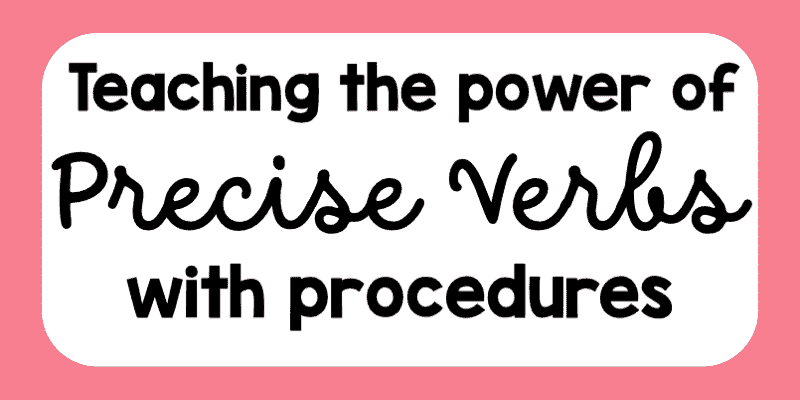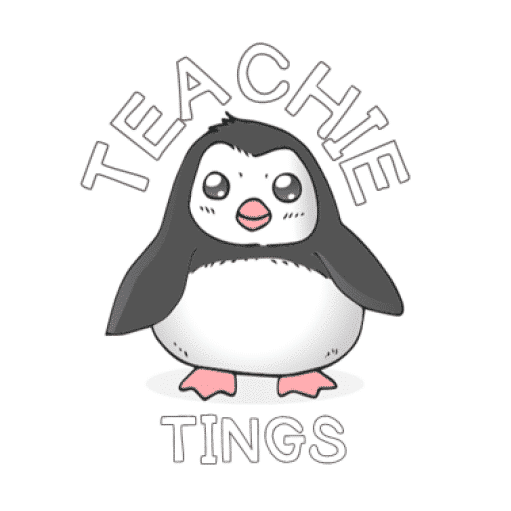
I love teaching procedural texts. Not only do we get to focus on text structure and language features, but we get to play with common sense and detail! These two important factors can be considered in our writing when we choose precise verbs. A classic engagement lesson for introducing procedures is showing your students how […]
